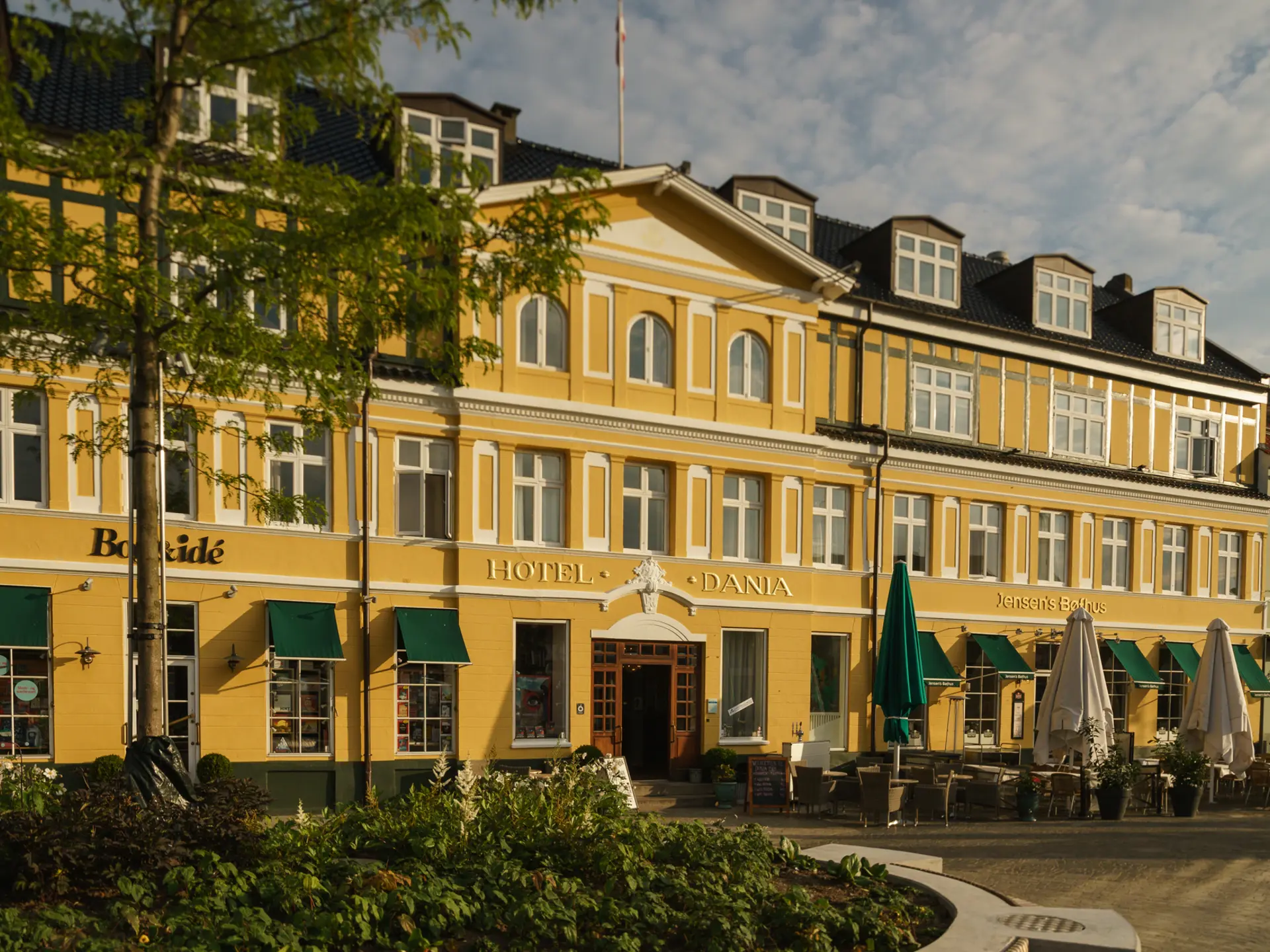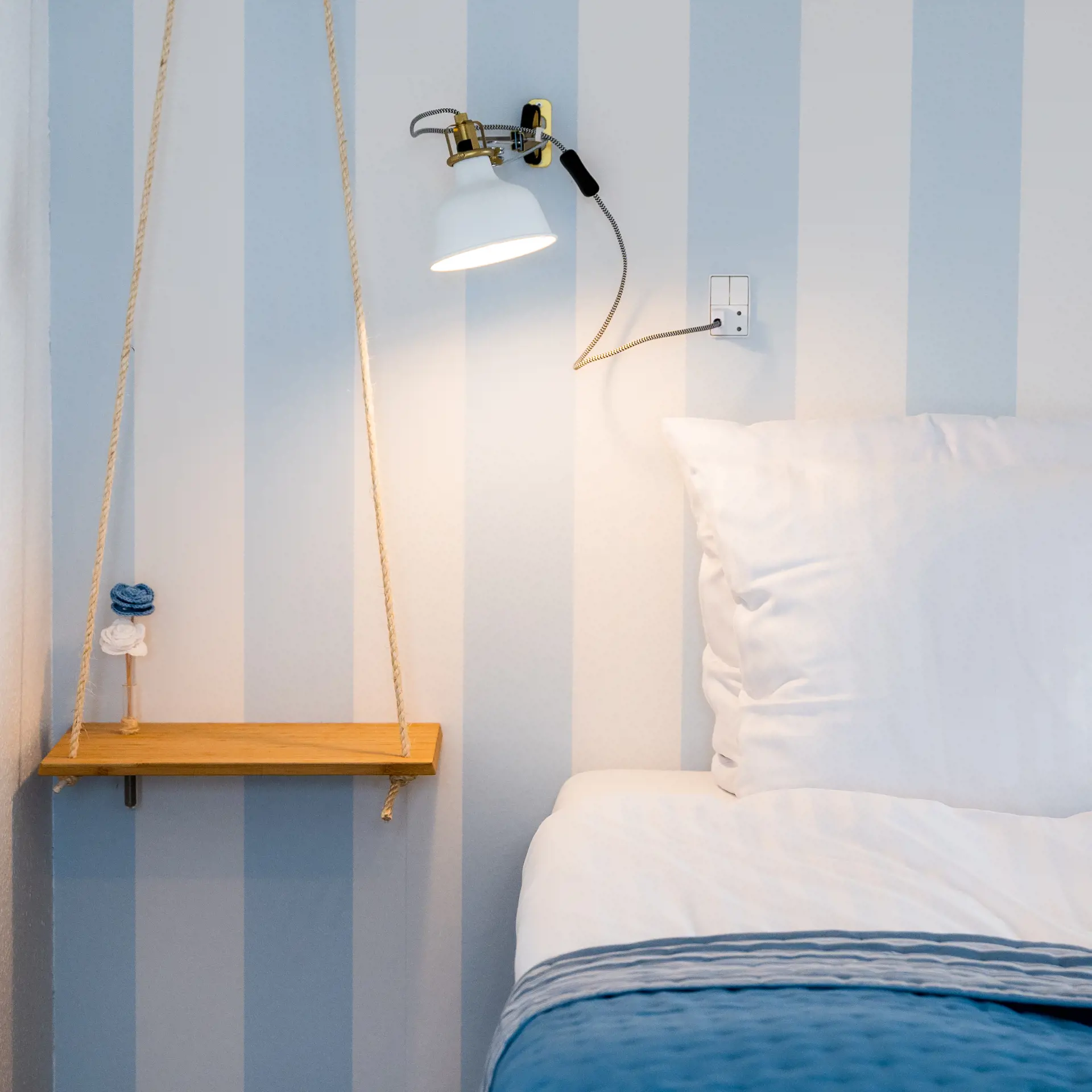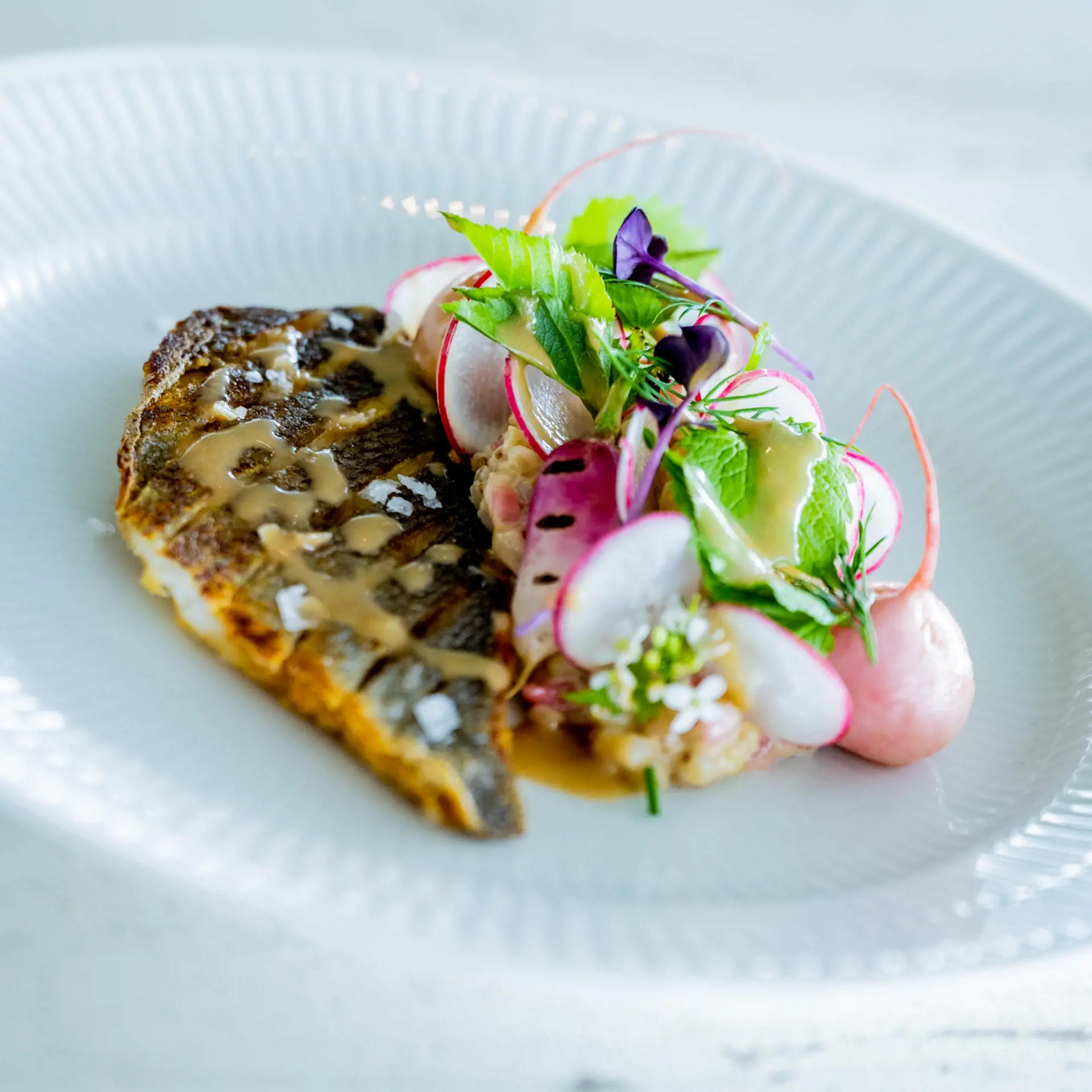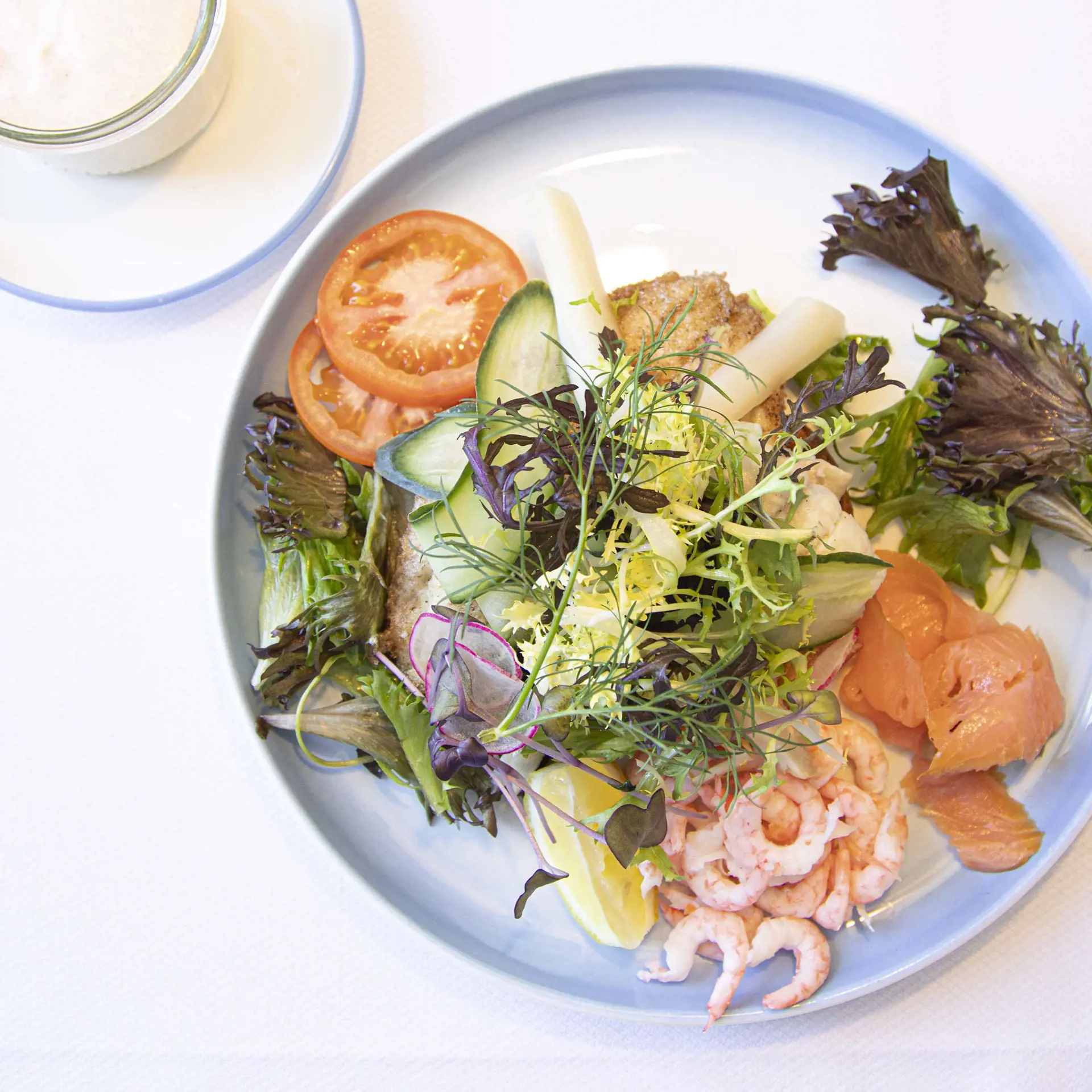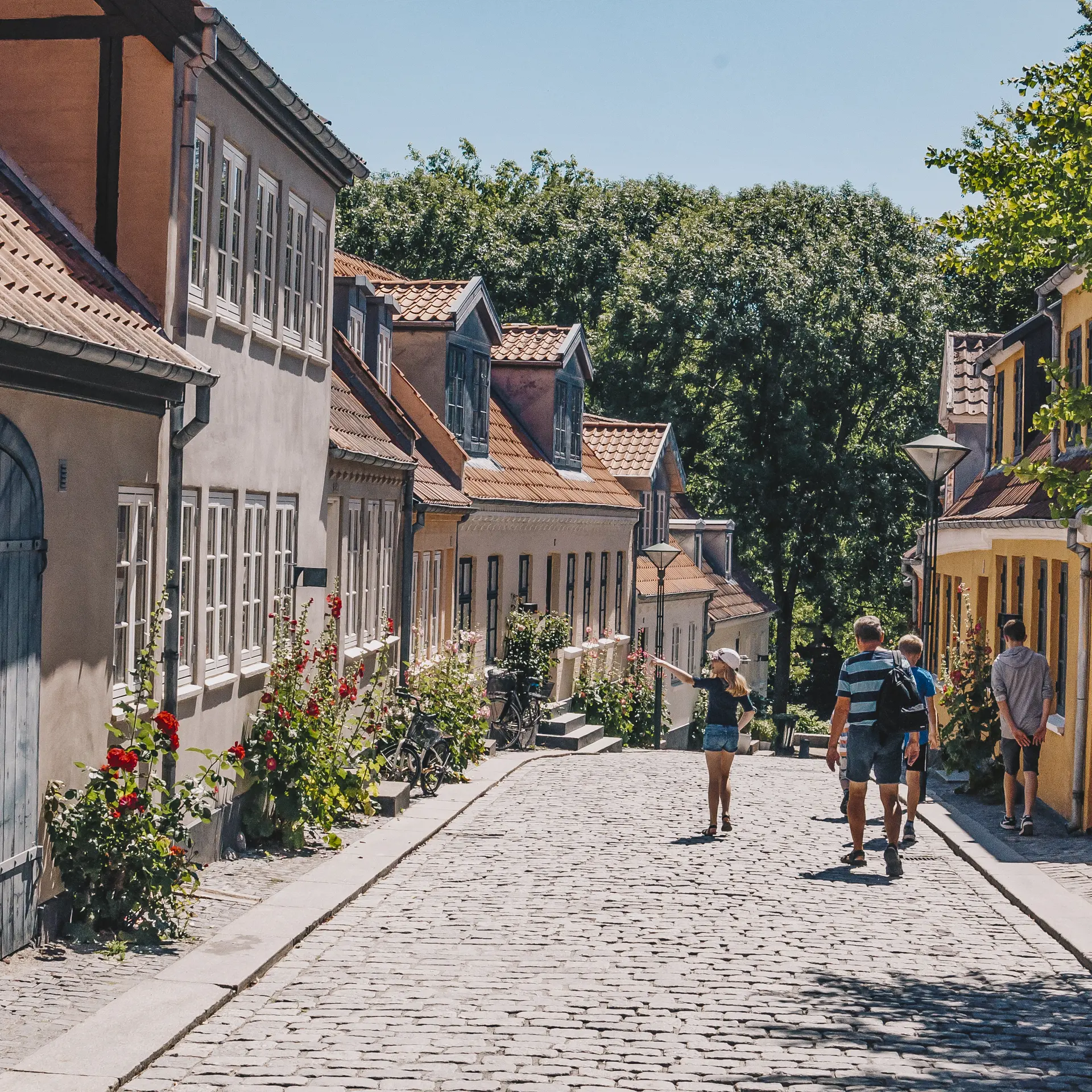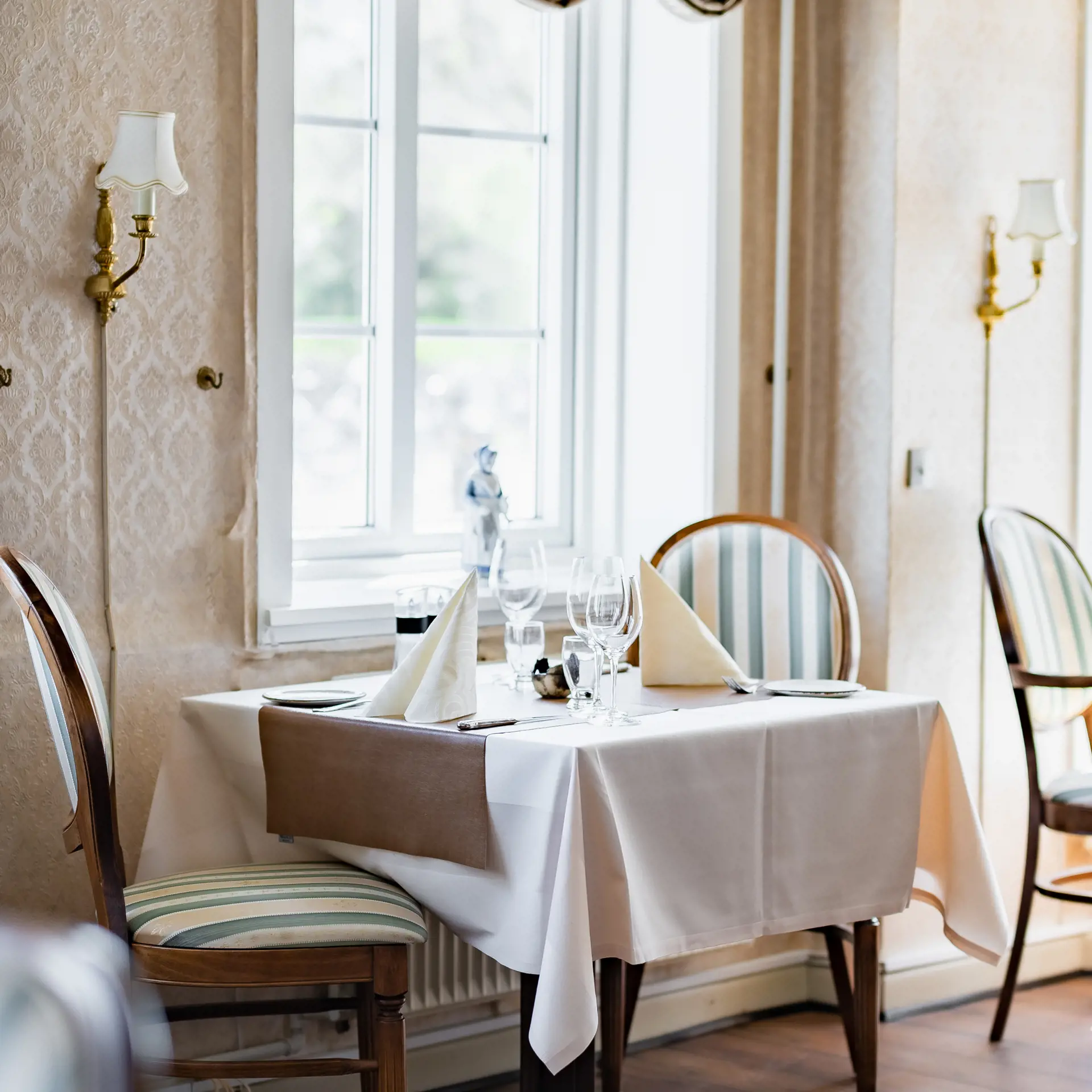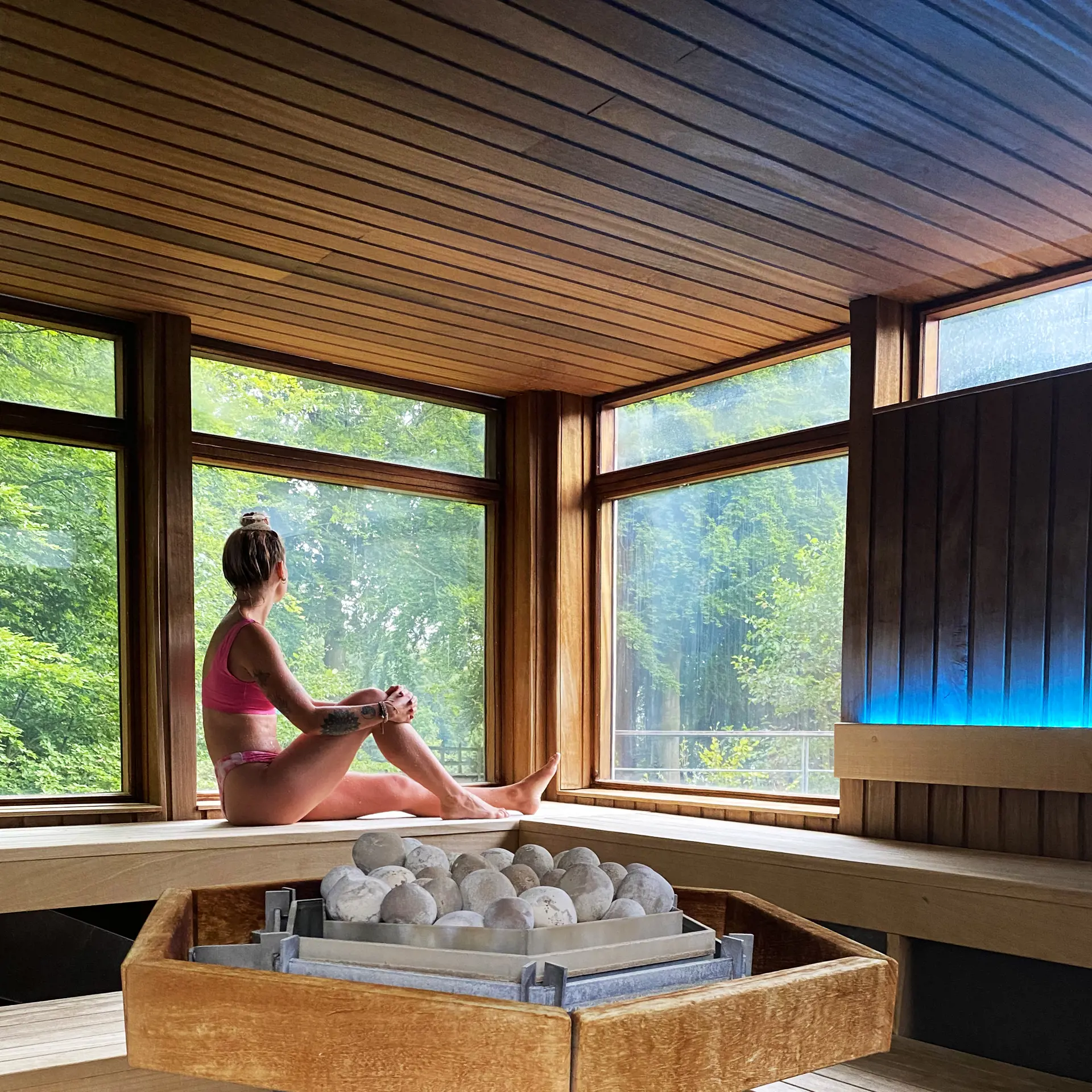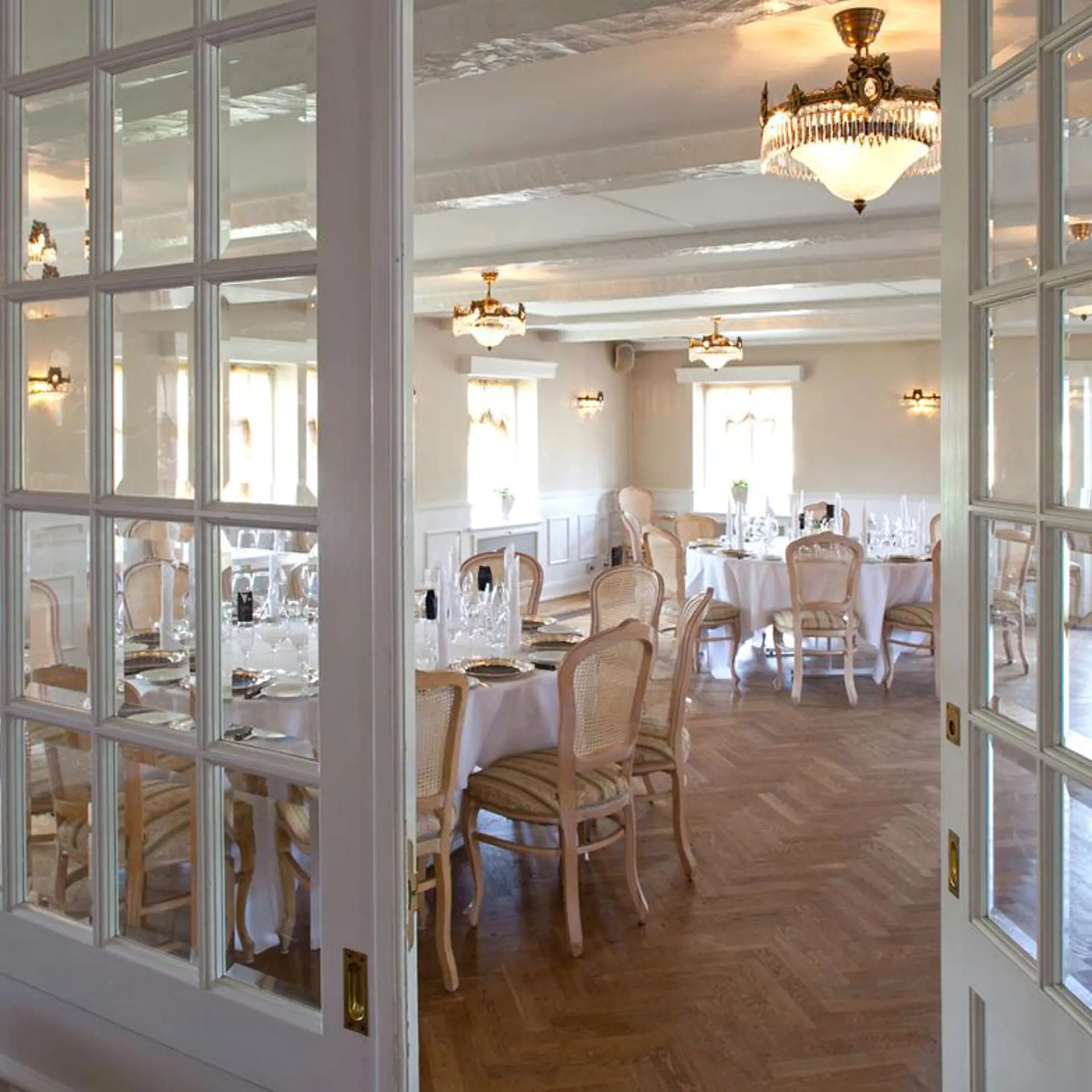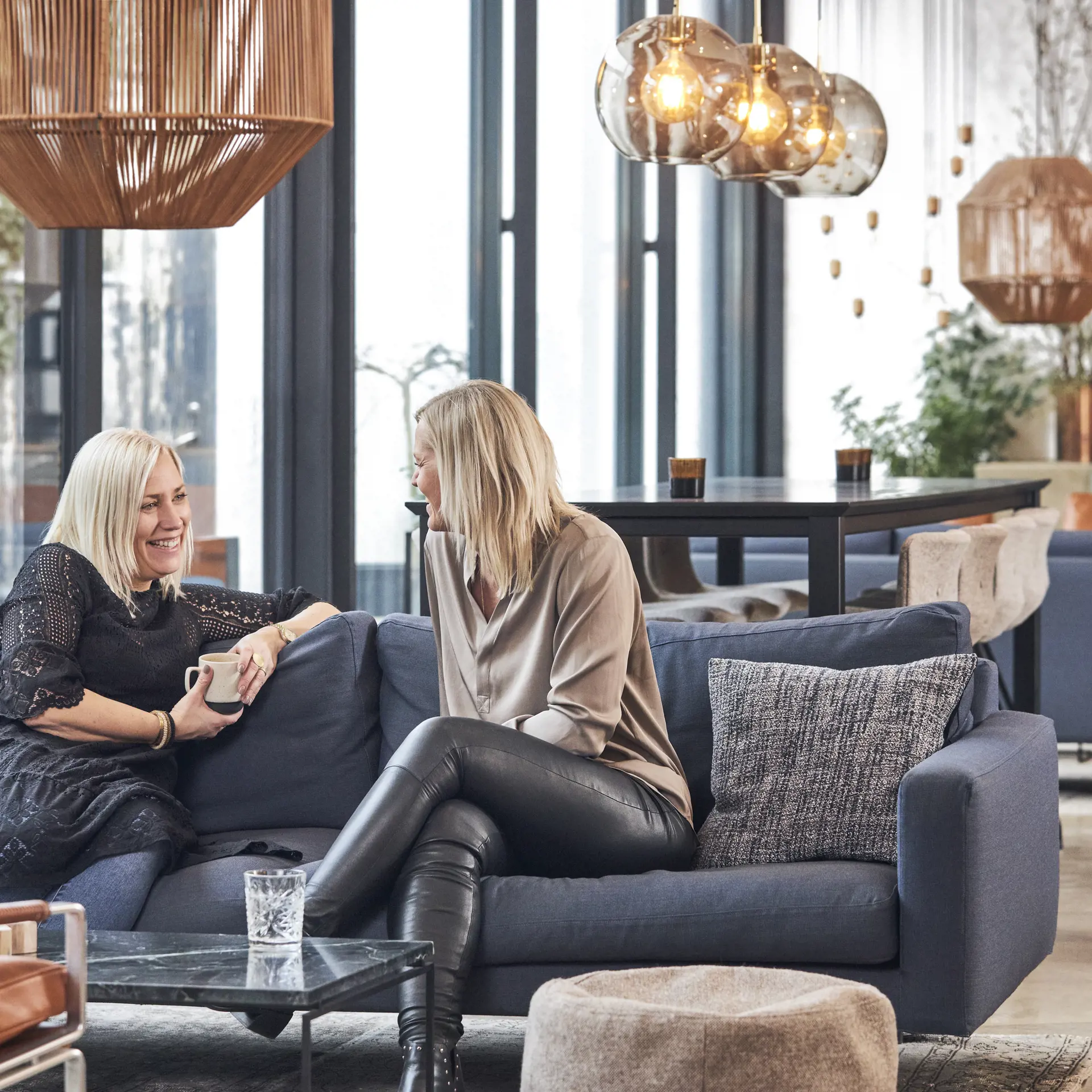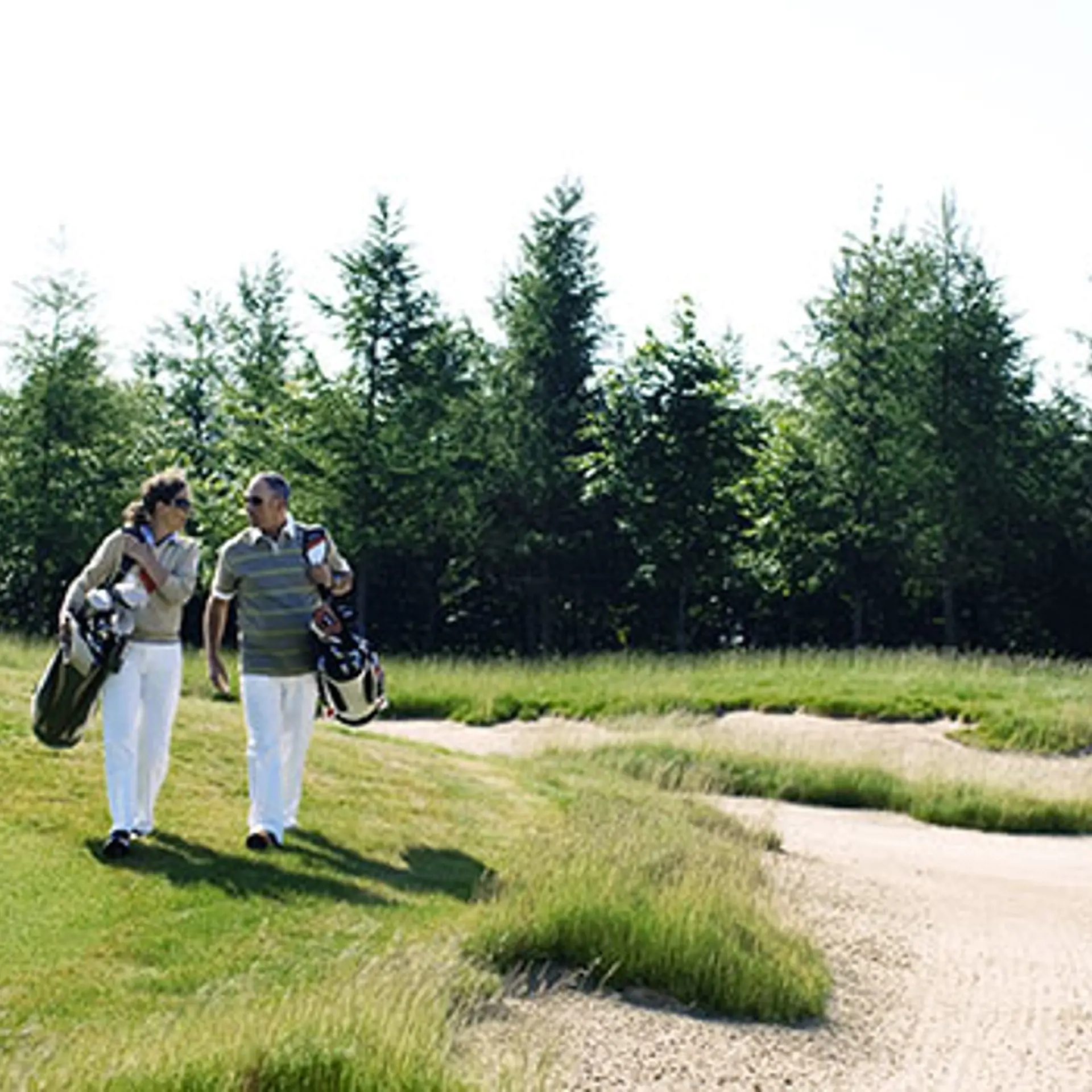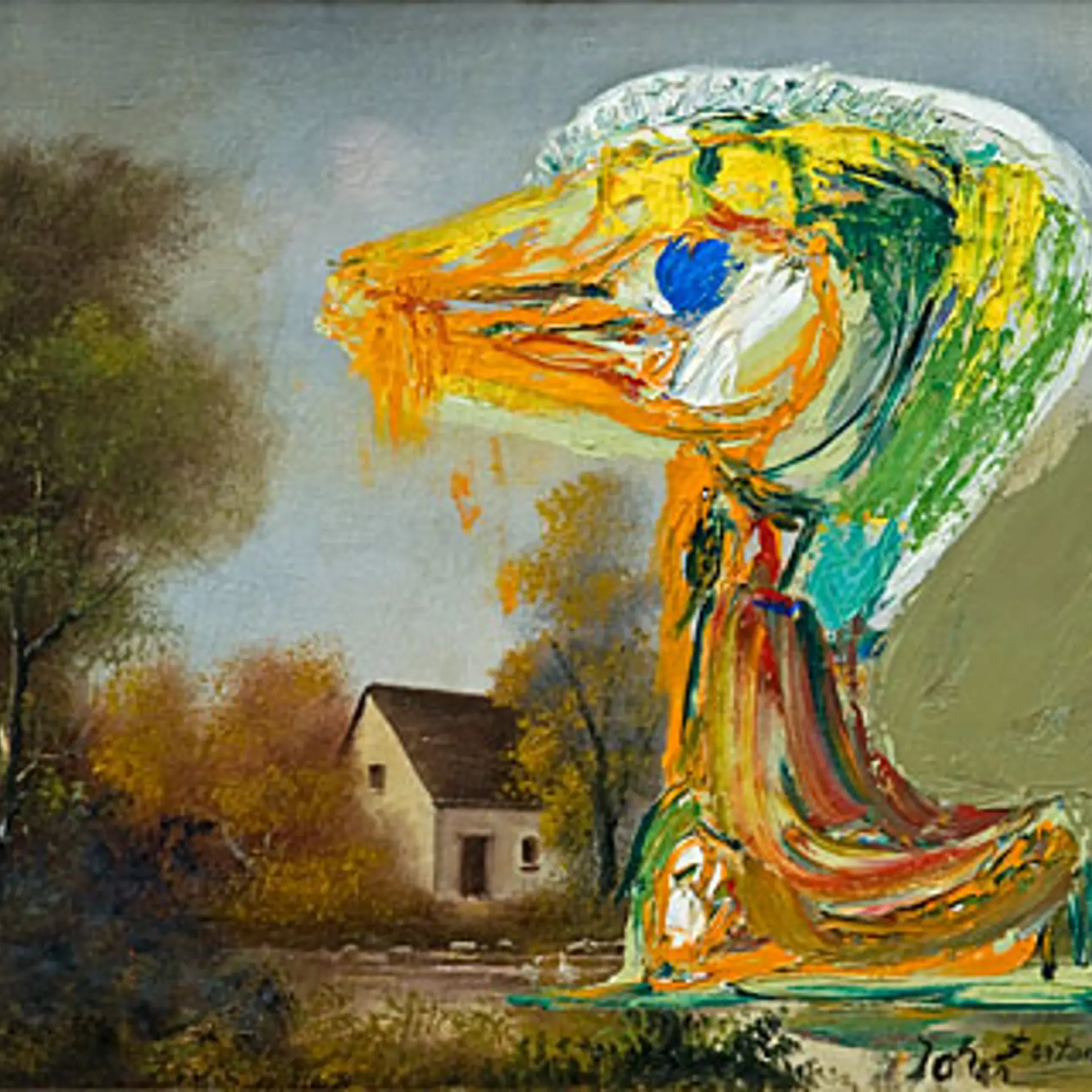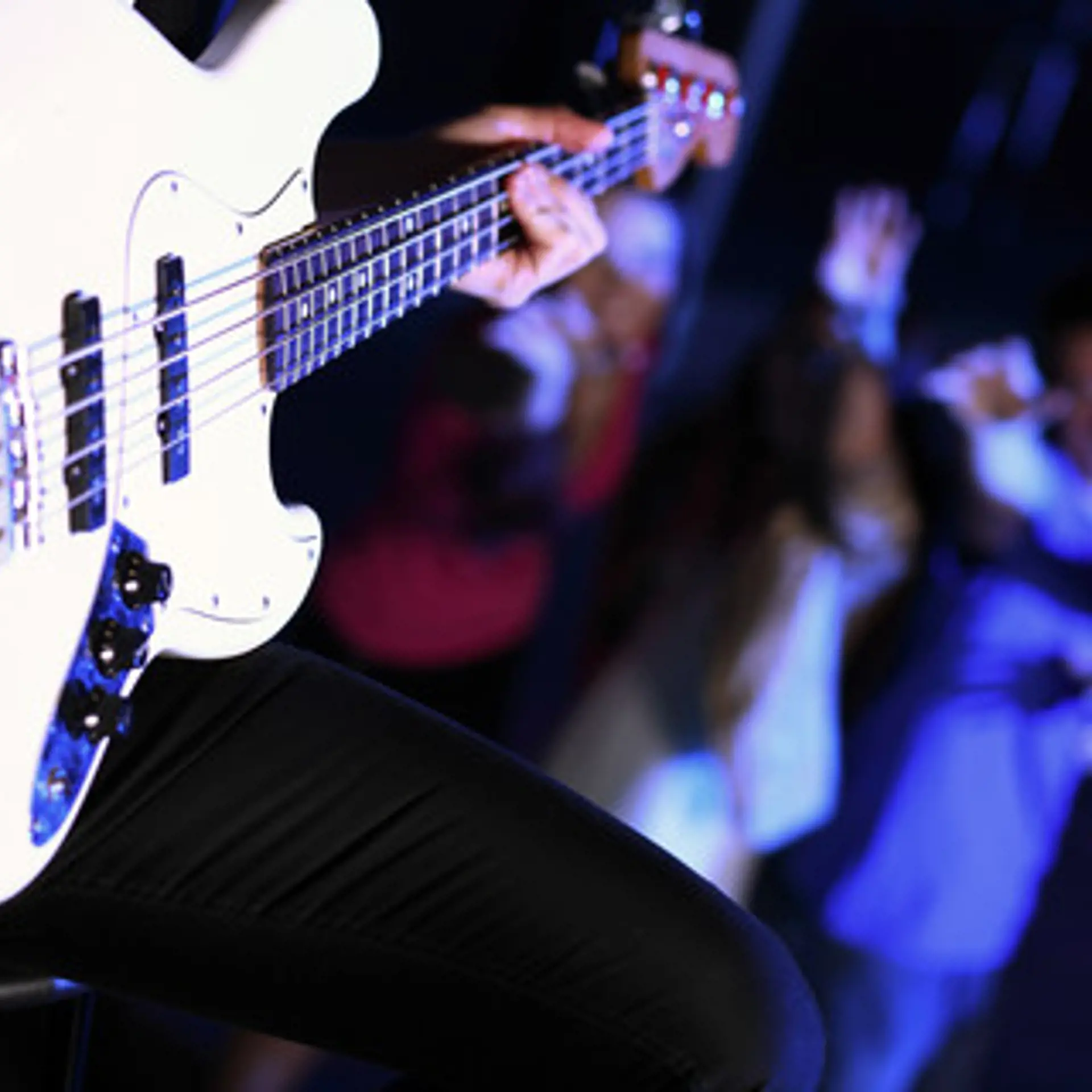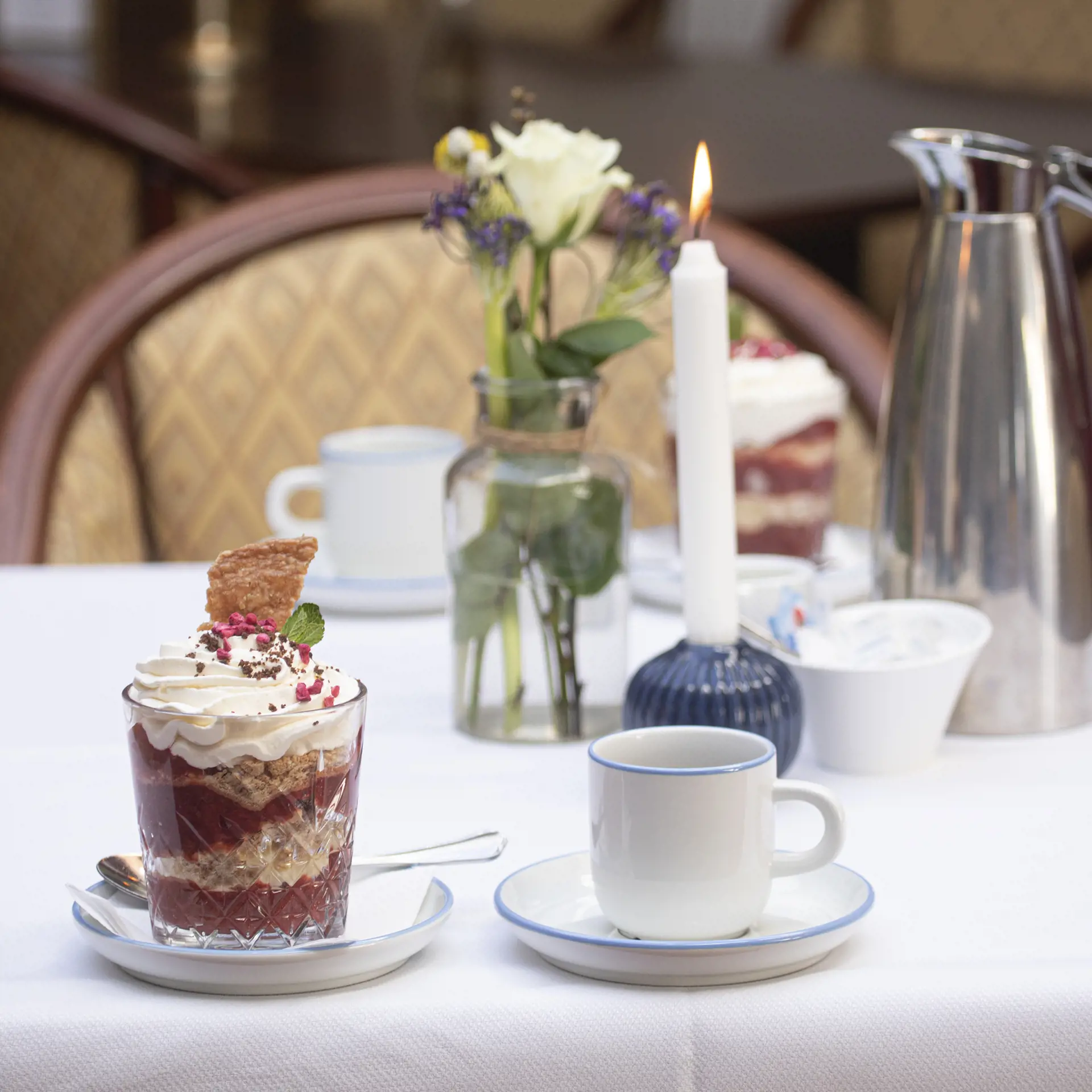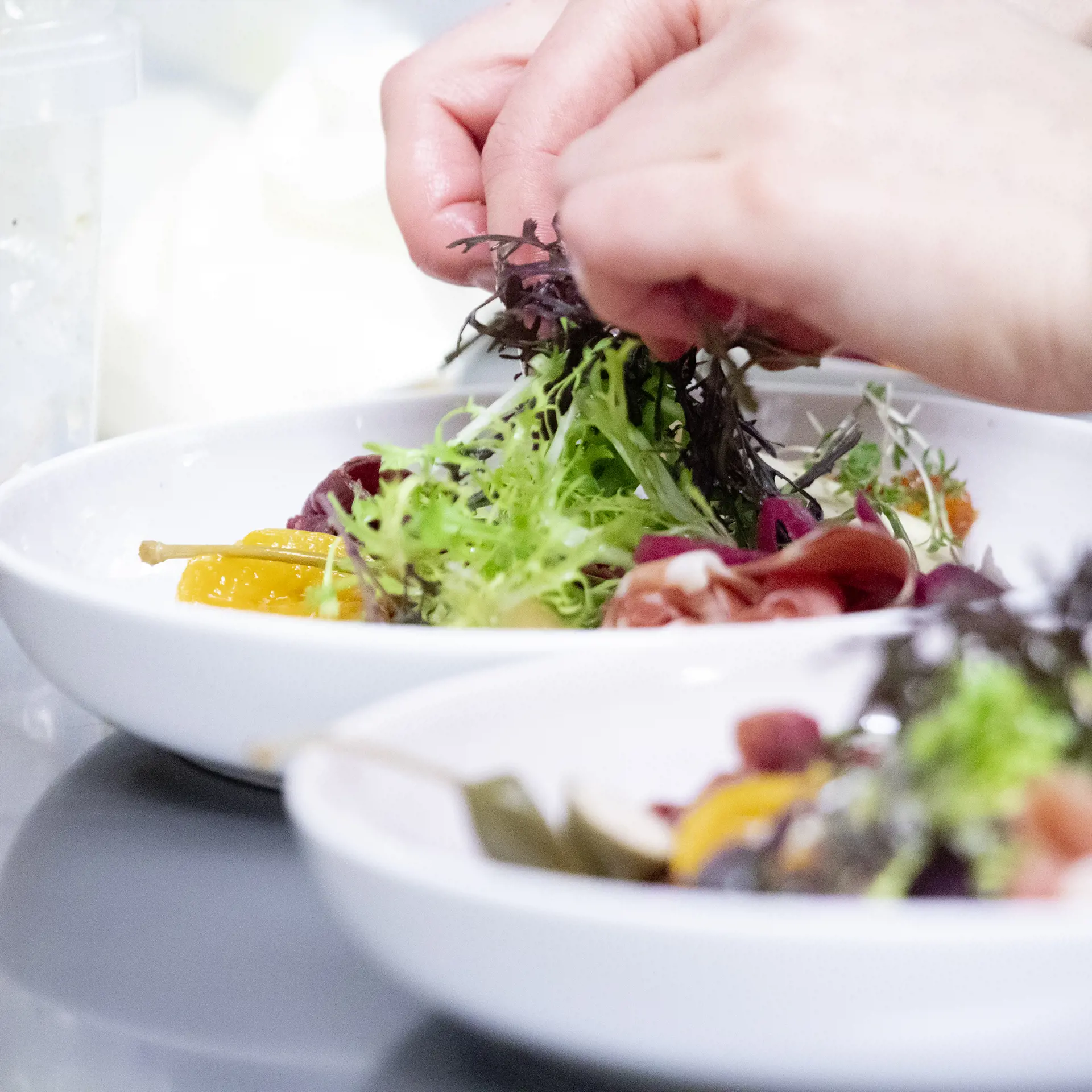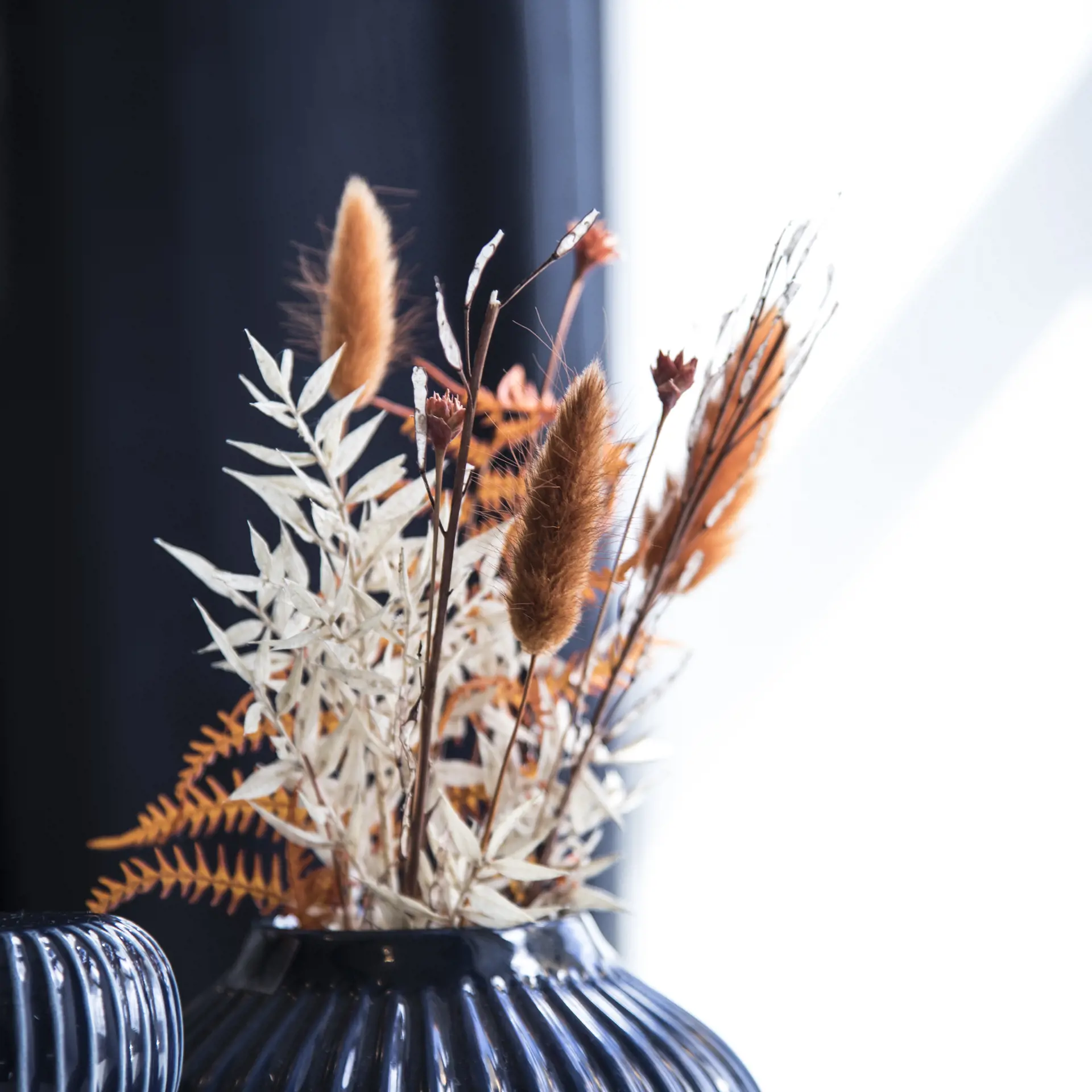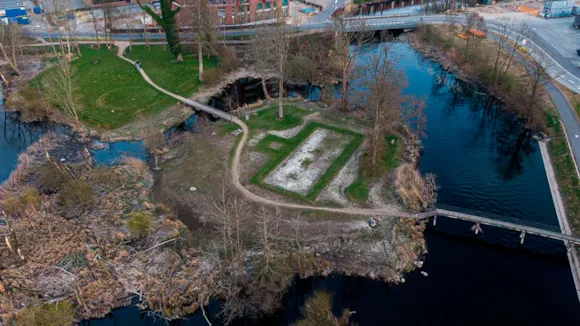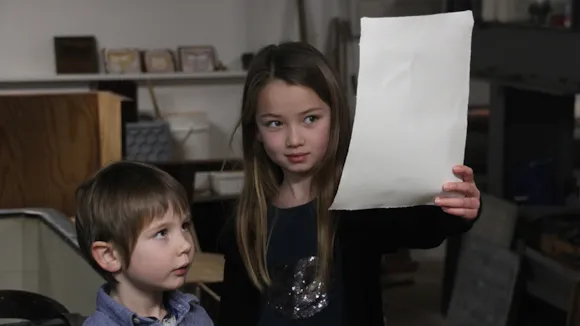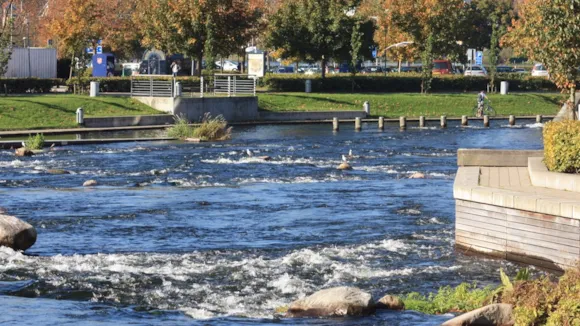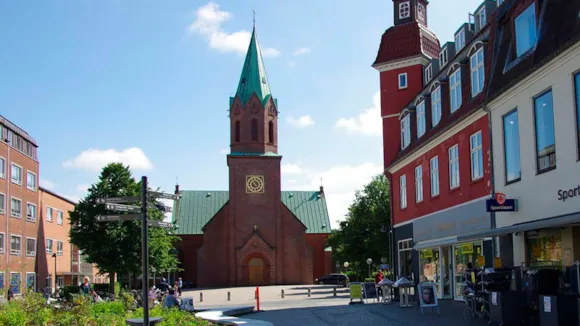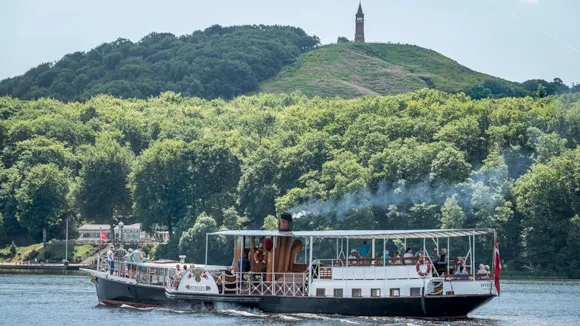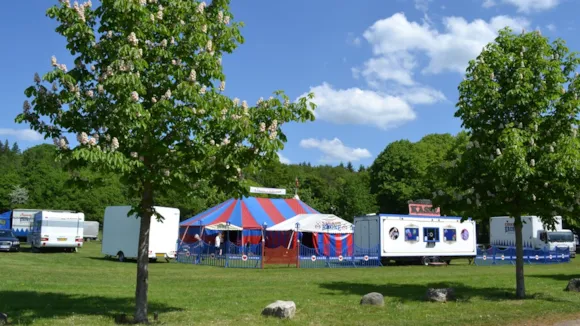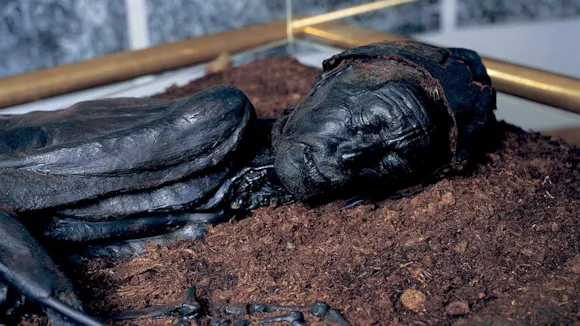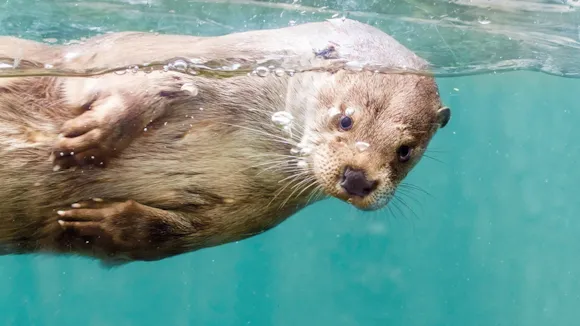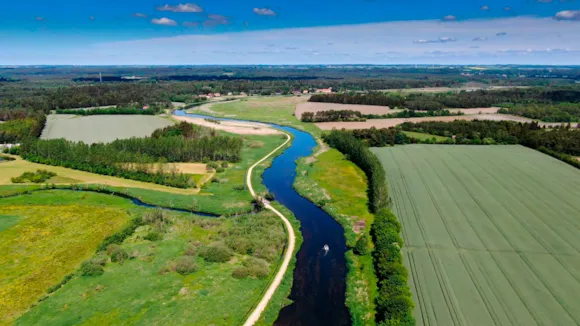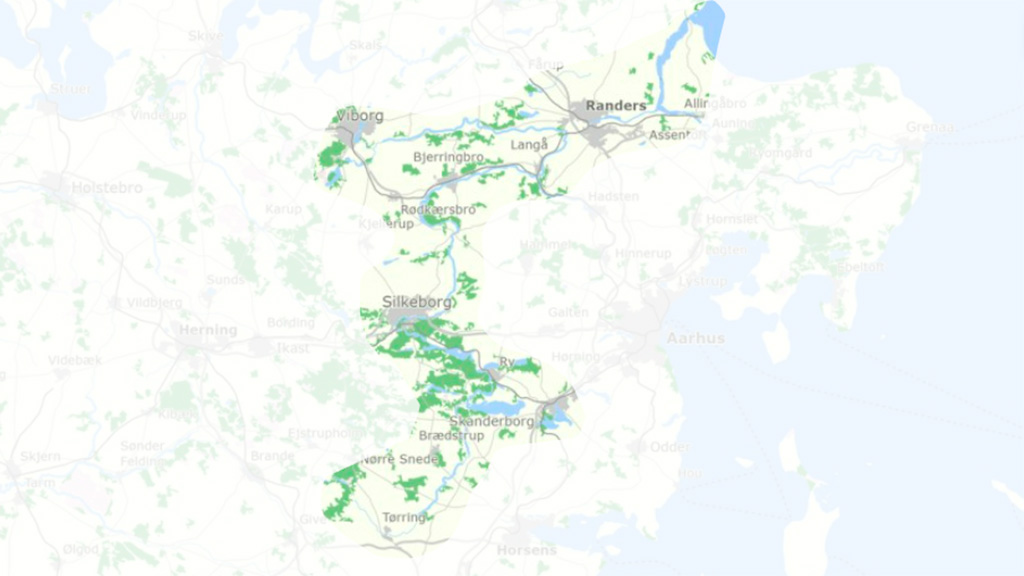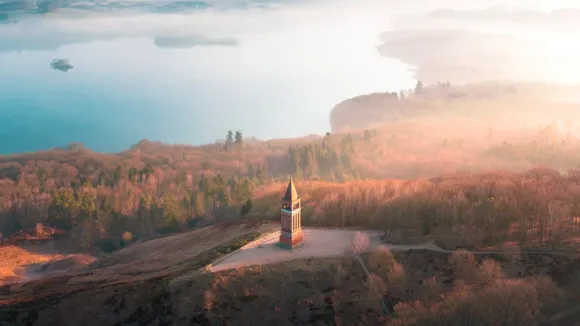Until the mid-19th century, Himmelbjerget was perceived as the highest point in Denmark. With its 147 meters above sea level, the legendary Himmelbjerg is certainly an impressive giant, and the steep hill down to the beautiful Julsø adds to the mountain romance.
At the top of Himmelbjerget stands the Himmelbjerg Tower, which is 25 meters high and was erected as a memorial to King Frederik VII, who on June 5, 1849, gave the Danish people their free constitution.
However, it is not only from the top of Himmelbjerget that you can enjoy a fantastic view. The forests south of the mountain hide several amazing viewpoints and good opportunities to get away from the lively visitor areas.
Hiking and Walking
The area around Himmelbjerget has a large and diverse trail system, where you can take shorter walks or combine several routes to create longer ones. You can get a good overview of the marked hiking trails in the Nature Agency's brochure on Himmelbjerget, Sletten, and Slåensø.
Visit BestigBjerge.dk, embark on the 52 km long Himmelbjergrute around the lakes, or be inspired by the many other outdoor activities in the Lake Distirct here.
The History of Himmelbjerget
The name Himmelbjerget appears in writing as early as the beginning of the 18th century when a dramatic wolf hunt was held on the mountain. It is, therefore, an old local place name and not a romantic term introduced by the first tourists.
Himmelbjerget has been a popular destination for generations, and already in the late 1830s, the poet priest St. St. Blicher made the mountain famous as the setting for his folk meetings. Nowadays, people still meet on the mountain to celebrate democracy and the constitution. Landscape painters spread knowledge of the place's beauties through their depictions of hills, forests, and views. Then came beer stalls, pavilions, hotels, ice cream kiosks, and souvenir shops.
By studying the memorials on Himmelbjerget, you can also gain insight into how the Constitution of the Danish Realm came about – and even get the story in your ear as a podcast. For example, read and hear more about St. St. Blicher's memorial on Himmelbjerget, or read more about Kvinde Egen, which was planted in 1915.
Nordic Mythology
According to Norse mythology, Himmelbjerget is the highest mountain in the gods' world, known as Asgard. According to the myth, the god Heimdal lives on Himmelbjerget and guards Asgard at the end of the rainbow Bifrost, to prevent giants from sneaking in.
Boat Trip with the paddle steamer Hjejlen
Combine the experience with a trip on one of the Hjejle boats, as has been customary since 1861.
Since 1861, the Hjejle Company has been sailing tourists to Himmelbjerget. Therefore, souvenir stalls have also existed on the site since the 1800s. At that time, it was an offshoot of the local area's wooden shoe production, where the wooden shoe boys carved small figures and "Himmelbjerg sticks," which were sold to tourists.
See sailing times and buy tickets here.
Which mountain is the highest in Denmark?
With modern measuring instruments, it has been determined that Møllehøj (170.86), Yding Skovhøj (170.77), and Ejer Bavnehøj (170.35) are the highest points in Denmark - and they are all located in the Søhøjlandet region.
Read more about the 'hills' here.
See what others are sharing on Instagram
#himmelbjerget #danmarkssmukkeste #visitdanmarkssmukkeste



